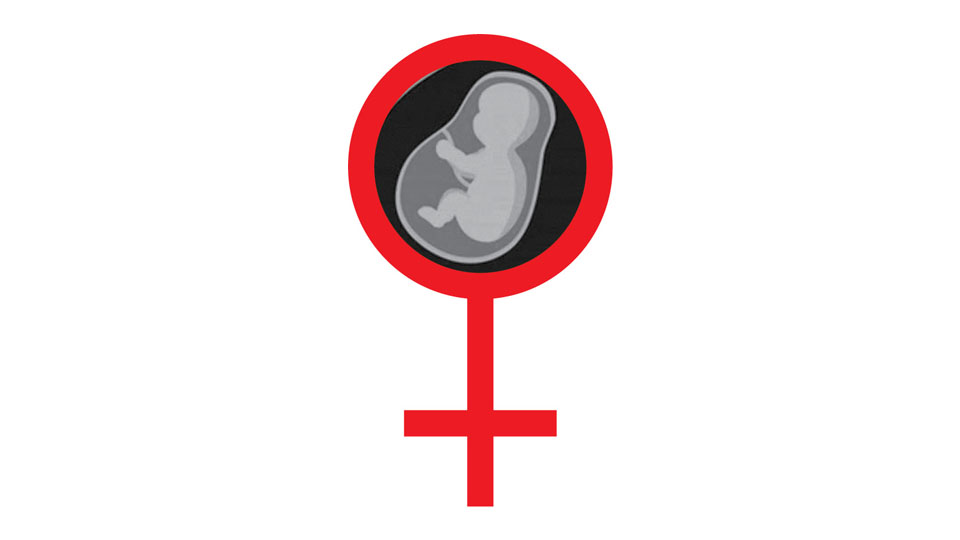A safe option for many mothers
By Dr. Shaheen Akhtar
Consultant, Obstetrics and Gynaecology, Manipal Hospital, Mysuru
Vaginal Birth After Caesarean (VBAC) section is a delivery option that holds significant promise for women who have previously undergone a caesarean section. It provides an opportunity for a natural birth experience, often with lower risks compared to repeated caesarean sections.
When is VBAC considered?
Several factors influence a woman’s eligibility for VBAC, including a minimum gap of 12 to 18 months after the last caesarean section and an average baby size of less than 3.5 kg. It is also essential that the previous caesarean section was not due to inadequate space for vaginal delivery.
What are the success rates?
VBAC has high success rates, particularly for women who have had one previous caesarean section and who go into labour naturally. Approximately, 70 to 76 percent of such women can successfully deliver vaginally. For those who have previously delivered vaginally, the success rate climbs even higher, reaching nine out of ten.
Expectant parents counselling and planning
Before opting for VBAC, patients undergo thorough counselling, which includes discussions about their previous delivery experiences, reasons for caesarean section, any complications encountered and their current pregnancy status. Counselling is crucial for informed decision-making and ensures that the parents are fully aware of the risks and benefits associated with VBAC.
Complications and safety measures
While VBAC is generally safe for both mother and baby, it is essential to acknowledge potential risks. Complications such as uterine rupture pose a small but notable risk, particularly in cases where labour is induced. However, in well-equipped hospitals such as Manipal Hospital, Mysuru, with facilities like 24-hour labour rooms, Neonatal Intensive Care Units (NICU), blood banks, anaesthesia and operating theatres, VBAC can be safely planned and managed.
Importance of counselling and birth planning
Counselling for VBAC typically begins in the third trimester, allowing ample time for discussion and decision-making. A birth plan is crafted in collaboration with the parents, detailing preferences and contingency plans for emergencies. The natural onset of labour is preferred, as inducing labour may slightly increase the risk of scar rupture. However, this option can still be discussed with the gynaecologist.
Benefits of VBAC
VBAC offers numerous benefits for both mother and baby. For mothers, it reduces the risks associated with multiple caesarean sections, including complications in future births. Additionally, options such as epidurals and analgesia during labour can enhance the chances of a successful VBAC, ensuring a more comfortable birthing experience.
In conclusion, VBAC represents a safe and viable option for women with a history of caesarean section, who meet the eligibility criteria. Through comprehensive counselling, careful planning and access to specialised medical facilities, VBAC can offer a fulfilling and empowering birth experience while prioritising the health and safety of both mother and baby.








Recent Comments